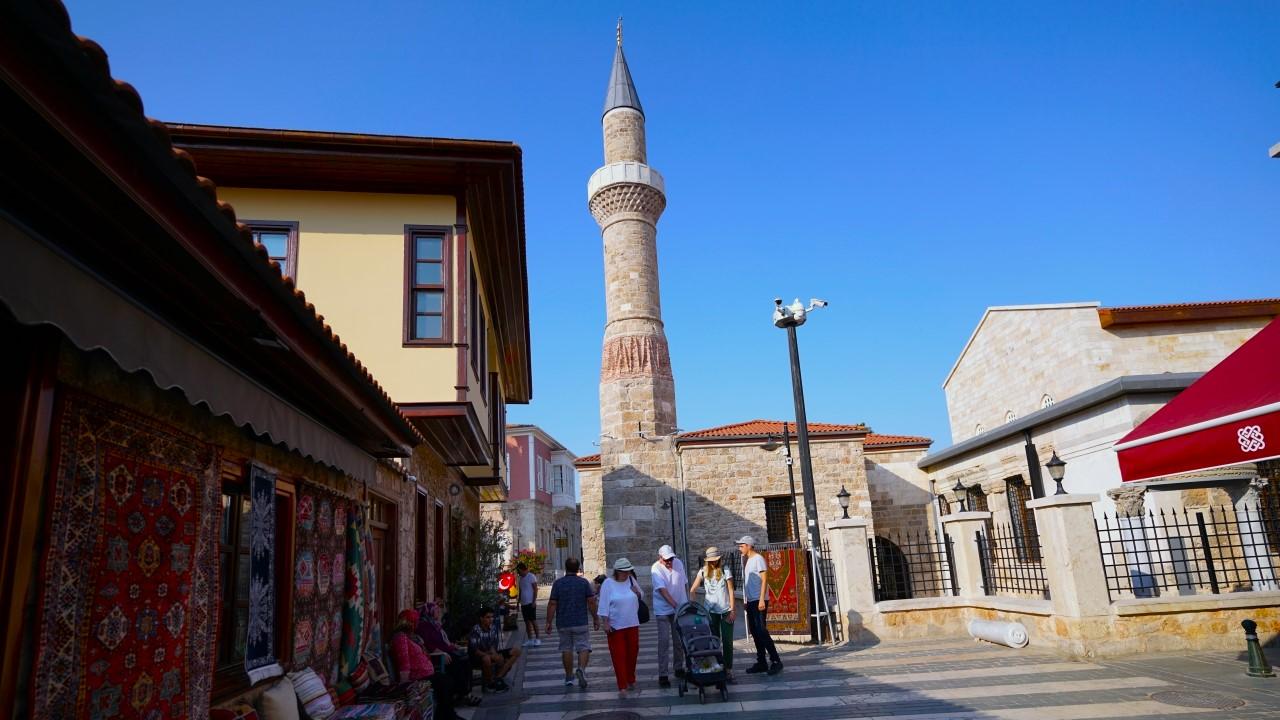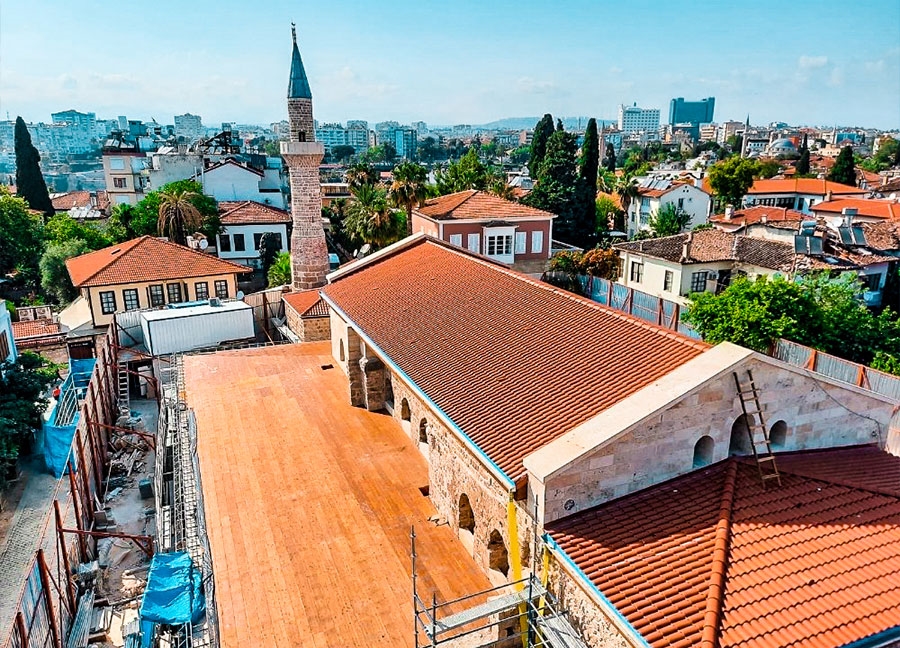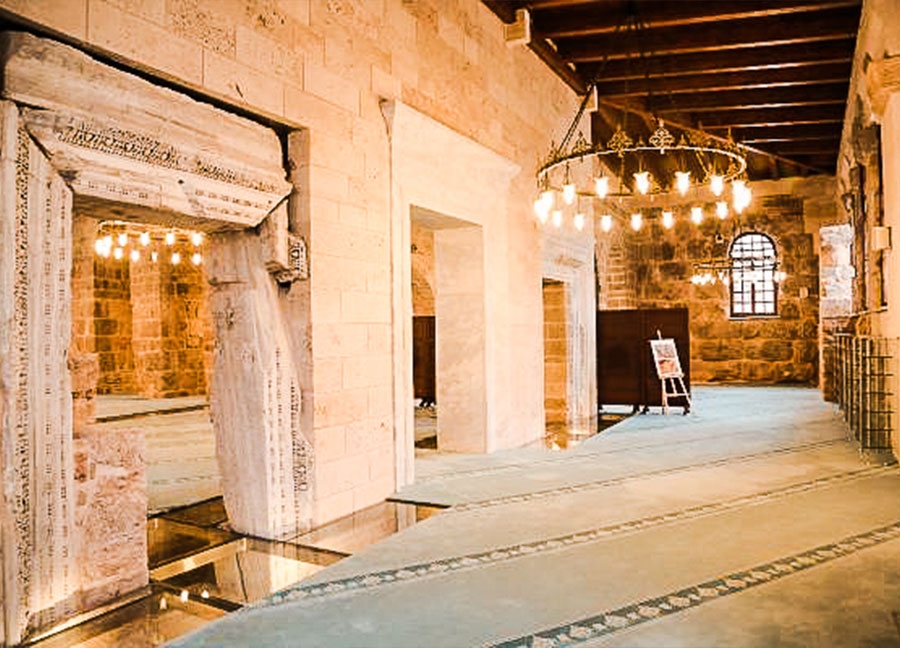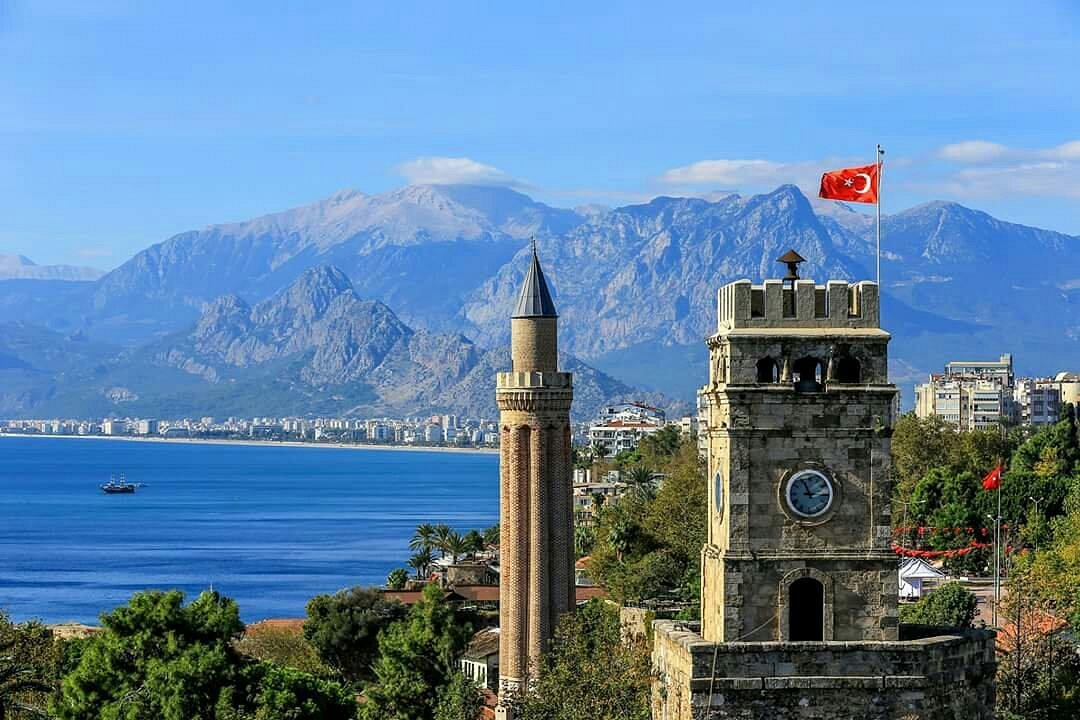Şehzade Korkut Mosque Antalya
The history of Şehzade Korkut Mosque dates back to ancient times. It was initially built as a Roman Temple in the 2nd century AD. Later, in the 7th century during the Byzantine period, the temple was converted into a church dedicated to Virgin Mary. This transformation reflects the multi-cultural nature of the structure in the past.
During the reign of Seljuk Sultan Alaaddin Keykubad in the early 13th century, the structure was converted into a mosque and began to feature Seljuk architectural characteristics.
The minaret was added during the conversion into a mosque and has gradually become the most distinctive feature of the building. However, in 1895, a major fire completely destroyed the wooden cone of the minaret. After this event, the mosque began to be referred to by locals as the "Broken Minaret".
Şehzade Korkut Mosque is striking with both its architecture and historical layers. It houses traces of the Ancient, Roman, Byzantine, Seljuk, and Ottoman periods, making it almost an open-air museum. The remains in its interior and courtyard carry the marks of different civilizations to the present day.
In 2021, a comprehensive restoration work was completed, and after 126 years, the mosque was reopened for worship. The restoration process aimed to renovate the mosque in a way that would preserve its historical texture while meeting modern needs. Today, the mosque has become both a place of worship and a popular tourist attraction.
Address: Kılınçarslan Neighborhood, Civelek Street, Muratpaşa/Antalya

 English
English
 Türkçe
Türkçe
 русский
русский









 Home
Home
 Services
Services
 Map
Map
 Competitions
Competitions
 My Account
My Account

